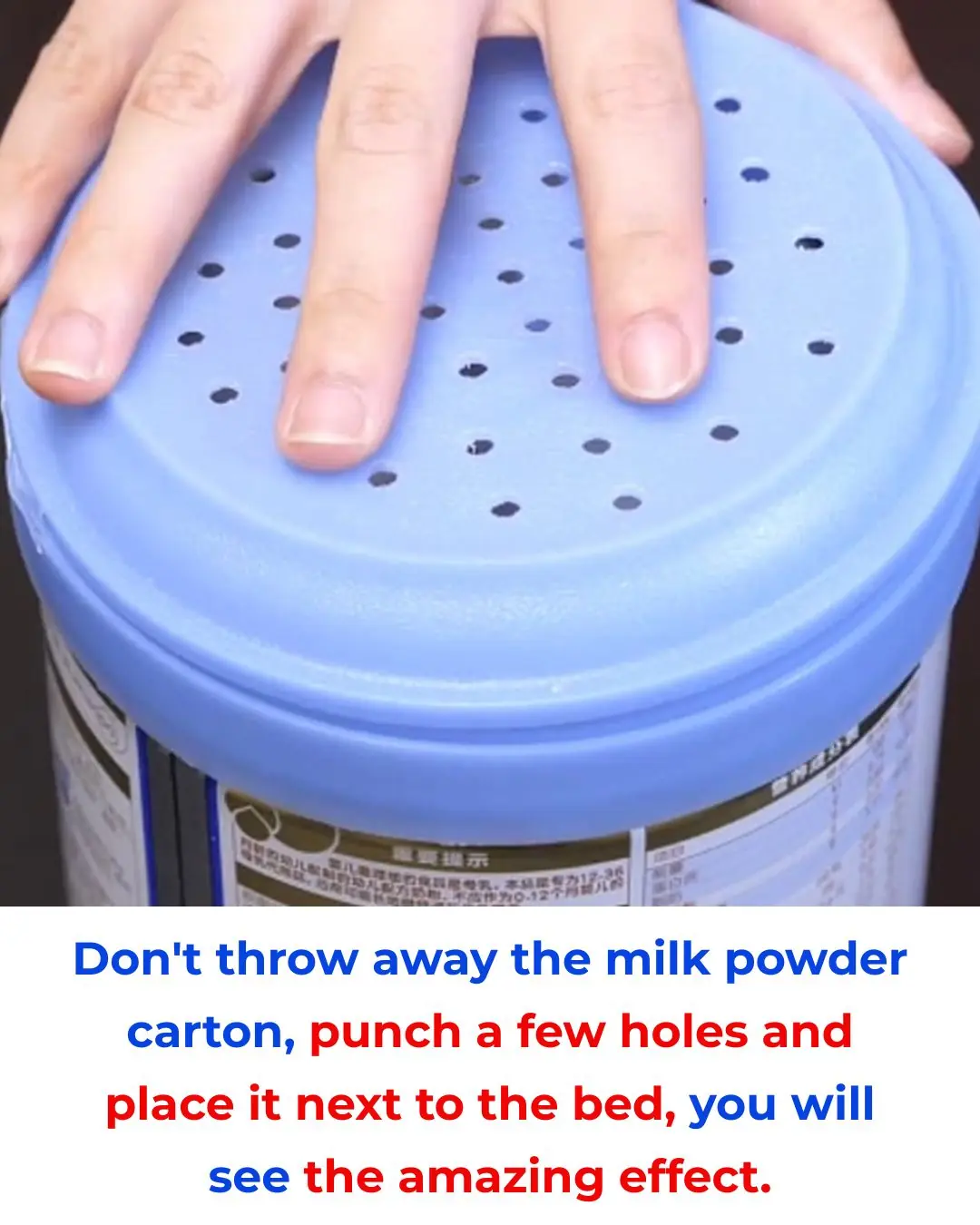
You're doing it all wrong. Here’s the right way to store tomatoes
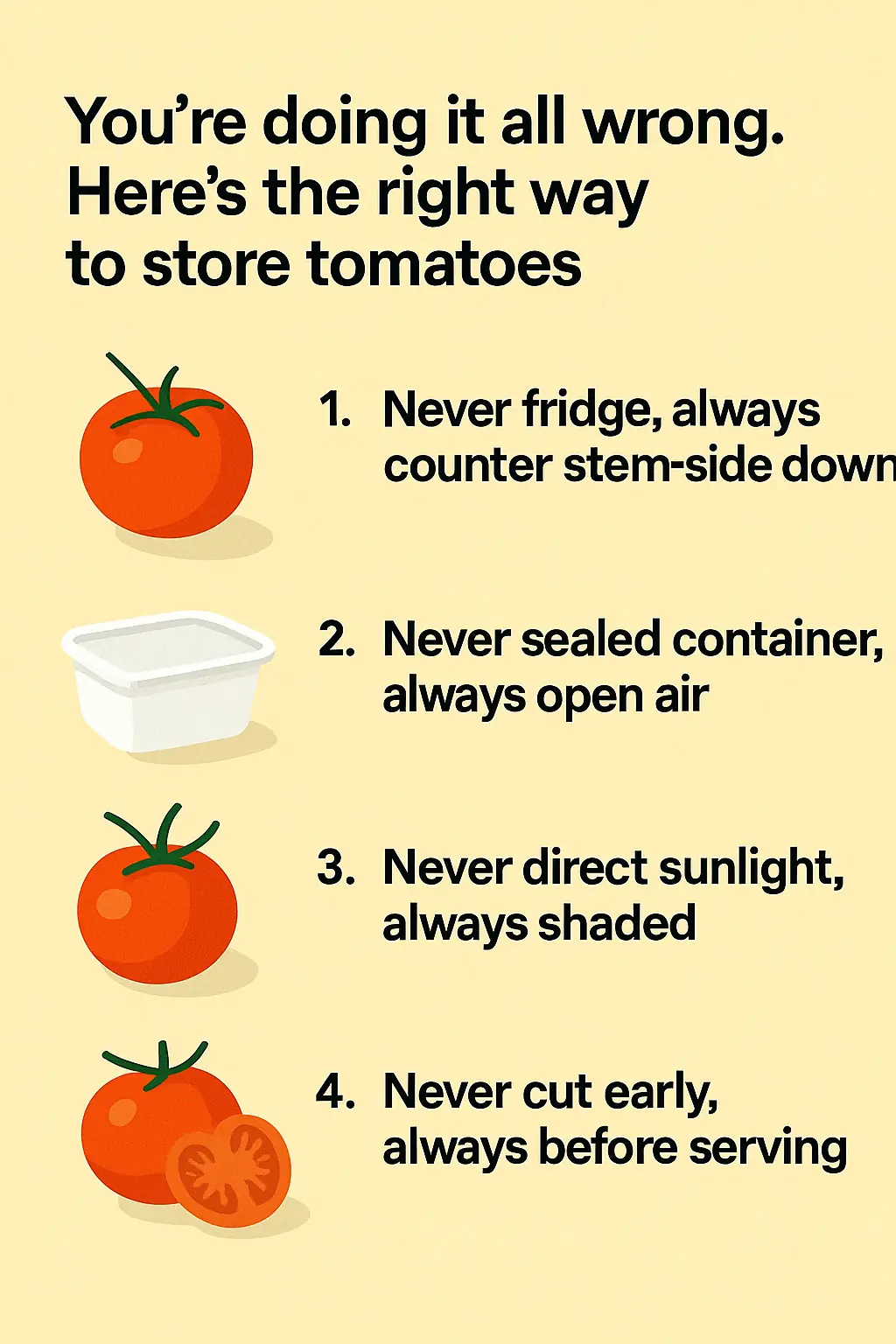
Tomatoes are a beloved kitchen essential, used in everything from fresh salads to simmering sauces. Yet despite their popularity, many people unintentionally reduce their flavor, texture, and shelf life simply by storing them the wrong way. Whether you're a home cook or just someone who loves fresh produce, learning how to store tomatoes correctly can transform your meals and help reduce unnecessary waste.
Improper storage doesn’t just affect taste—it can also alter the tomato’s firmness, juiciness, and even nutritional value. This guide breaks down the science behind proper tomato storage and offers practical steps to ensure your tomatoes stay vibrant and delicious for as long as possible.
1. Why Proper Storage Matters
Tomatoes are extremely sensitive to their surroundings. Their quality is heavily influenced by three main factors:
temperature, air circulation, and light exposure.
-
Temperature affects how quickly tomatoes ripen or spoil. The ideal storage temperature is 68–72°F (20–22°C).
-
Air circulation prevents mold, allows even ripening, and protects against trapped moisture.
-
Light exposure, especially direct sunlight, can overheat tomatoes and cause them to shrivel.
Maintaining balance among these three elements is key to extending the life and flavor of your tomatoes.
2. Why You Should Avoid Refrigerating Tomatoes
While refrigeration works wonders for many fruits and vegetables, tomatoes are an exception. Temperatures below 50°F (10°C) slow down the chemical processes responsible for developing their signature aroma and taste.
Cold temperatures also break down cell membranes, resulting in:
-
A mealy, grainy texture
-
Dull or muted flavor
-
Halting of the natural ripening process
If you must refrigerate very ripe tomatoes to prevent spoilage, allow them to return fully to room temperature before eating. This restores a bit of their flavor, though not entirely.
3. The Simple Science of Storing Tomatoes Stem-Side Down
One of the easiest—and most effective—storage tricks is placing tomatoes stem-side down.
Why it works:
-
The stem scar is the weakest point of the tomato. Storing it downward reduces airflow and moisture entry, which delays decay.
-
It distributes the fruit’s weight more evenly, minimizing bruising.
-
It prevents the tomato from rolling around, protecting it from accidental damage.
Just place them on a plate or tray in a single layer—simple and effective.
4. Why Tomatoes Need Open-Air Storage
Tomatoes breathe. When they’re sealed in plastic bags or airtight containers, they trap moisture and ethylene gas, the natural hormone that encourages ripening.
Too much ethylene = tomatoes overripen quickly.
Open-air storage:
-
Allows steady, natural ripening
-
Prevents mold
-
Maintains proper moisture
-
Keeps tomatoes firm and juicy
Always store tomatoes in a single layer to avoid squishing or uneven ripening.
5. Keep Tomatoes Out of Direct Sunlight
Even though tomatoes need sunlight to grow, harvested tomatoes should be kept away from direct sunlight.
Too much light or heat can cause:
-
Rapid ripening and quicker spoilage
-
Shriveling and moisture loss
-
Soft, mushy texture
A shaded countertop or pantry shelf is the perfect spot.
6. Cut Tomatoes Only When You’re Ready to Use Them
Once a tomato is sliced, its deterioration begins quickly. Cut surfaces lose moisture and flavor within hours.
If you need to store cut tomatoes:
-
Cover them tightly in plastic wrap or
-
Place them in an airtight container
-
Refrigerate for no more than two days
To keep your dishes fresh and flavorful, cut tomatoes right before adding them to salads, sandwiches, or recipes.
7. Understanding the Ripening Process
Tomatoes continue to ripen after being picked because they naturally release ethylene gas.
Here’s how to use that to your advantage:
-
Underripe tomatoes → keep at room temperature until they reach your preferred ripeness
-
Ripe tomatoes → eat immediately, or refrigerate to slow down ripening (but warm them before eating)
Checking your tomatoes daily prevents unexpected spoilage and keeps them at their peak.
8. Common Tomato Storage Mistakes to Avoid
Many people make these easy-to-fix errors:
✅ Refrigerating too early
✅ Washing before storage
Moisture promotes mold—wash only right before use.
✅ Crowding tomatoes together
This leads to bruising and accelerates spoilage.
✅ Stacking tomatoes
The pressure damages the delicate fruit.
Give your tomatoes space and good airflow.
9. Viral Tomato Storage Hacks: Helpful or Not?
Not every online trick is worth trying:
✅ Storing tomatoes with apples
This works for ripening because apples emit ethylene.
❌ Sealing tomatoes in airtight containers
This accelerates overripening and increases moisture buildup.
❌ Storing stem-up for longer life
There’s no scientific evidence behind this method.
Stick to proven approaches like open-air storage and stem-side down placement.
10. Choosing the Right Spot in Your Kitchen
Pick a location that meets these three criteria:
-
Consistent temperature
-
Good airflow
-
Away from heat and sunlight
A countertop corner or well-ventilated shelf is ideal.
Avoid storing tomatoes near ovens, stovetops, or windows where heat fluctuates.
11. Step-by-Step Tomato Storage Instructions
-
Check each tomato for bruises or soft spots before storing.
-
Arrange them in a single layer, stem-side down.
-
Keep at room temperature, away from direct sun.
-
Ensure good air circulation.
-
Monitor ripeness daily and refrigerate only if necessary.
-
Wash only before eating to prevent mold and premature spoilage.
News in the same category

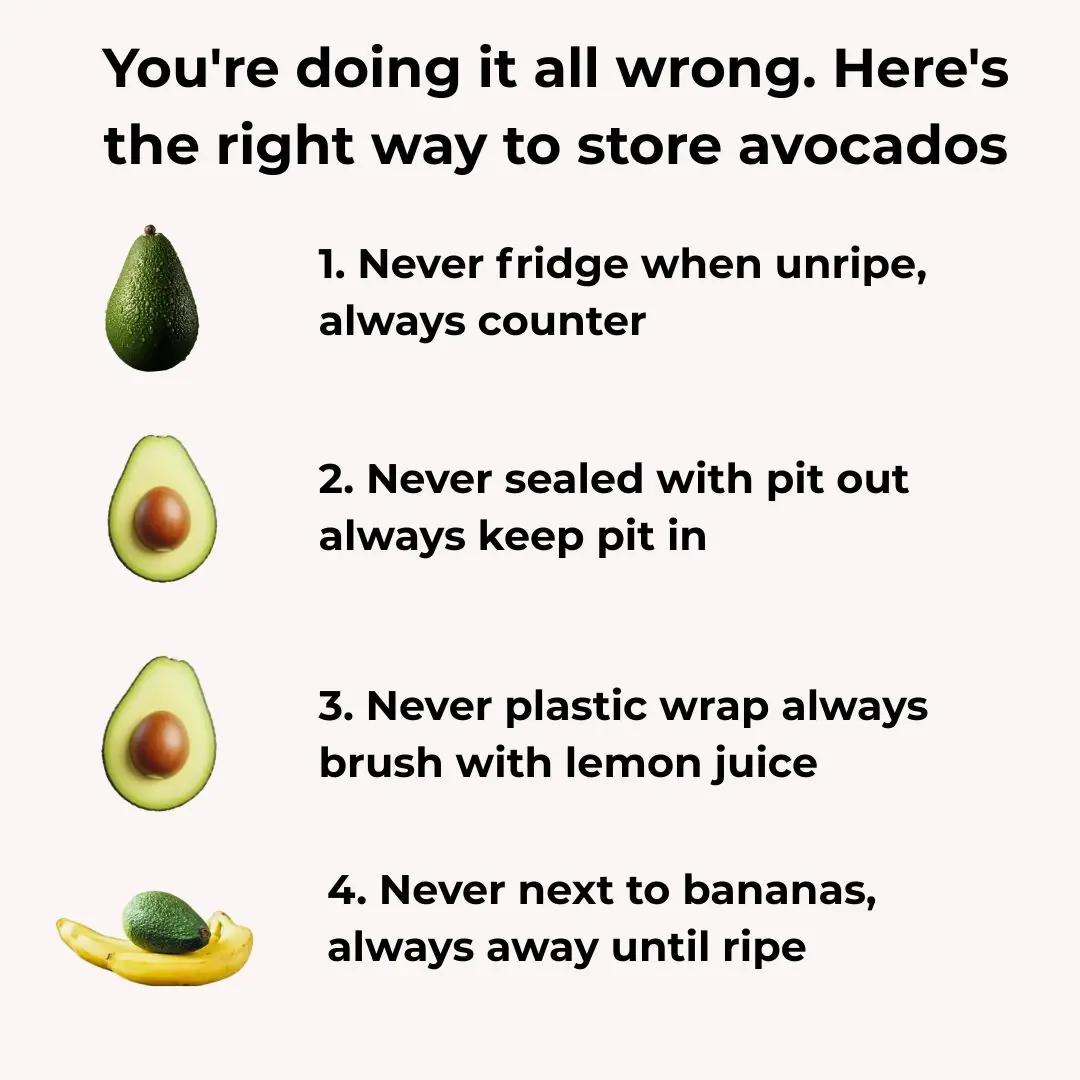
You're doing it all wrong. Here’s the right way to store avocados

8 reasons why adding baking soda to your toilet tank is a must-do trick
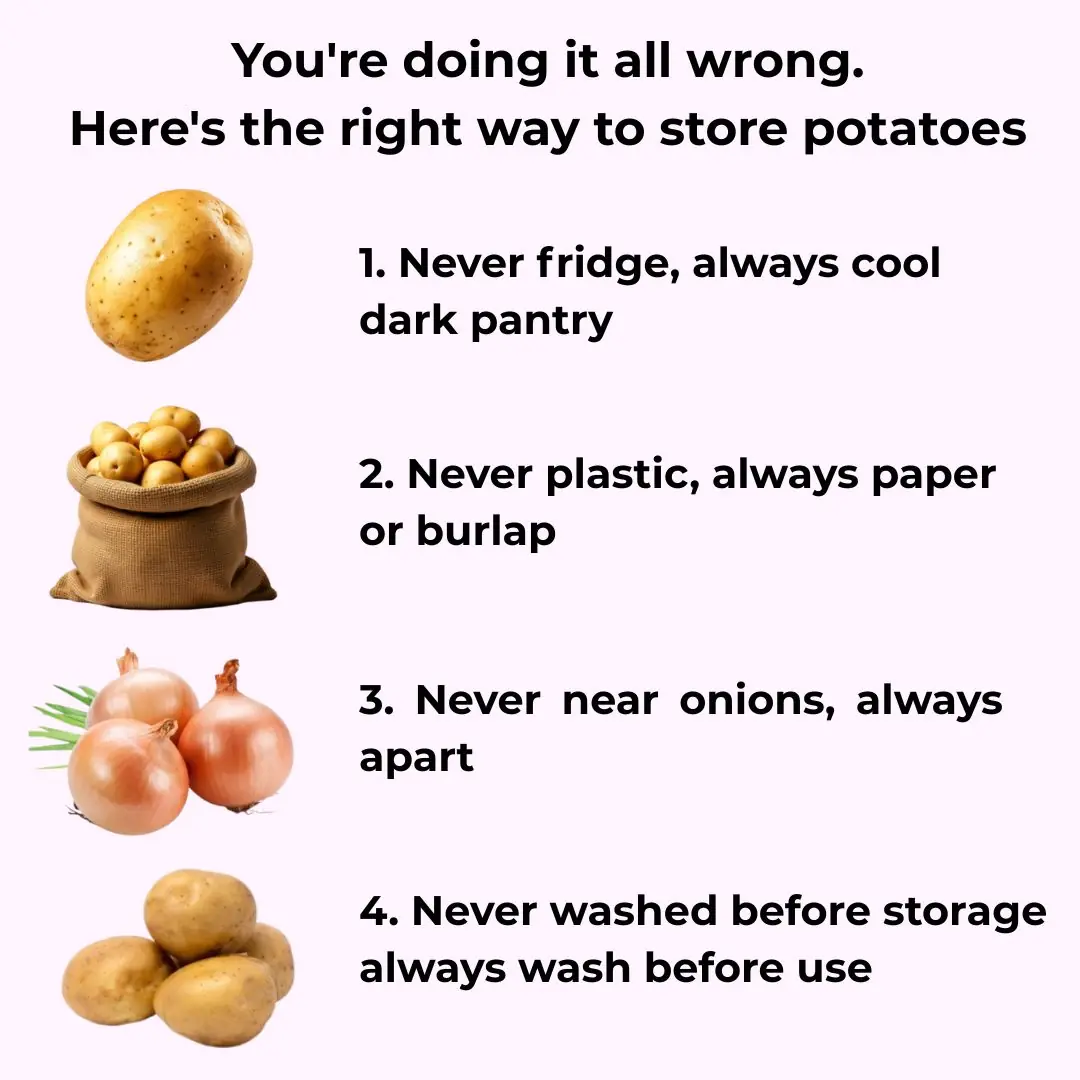
You're doing it all wrong. Here’s the right way to store potatoes
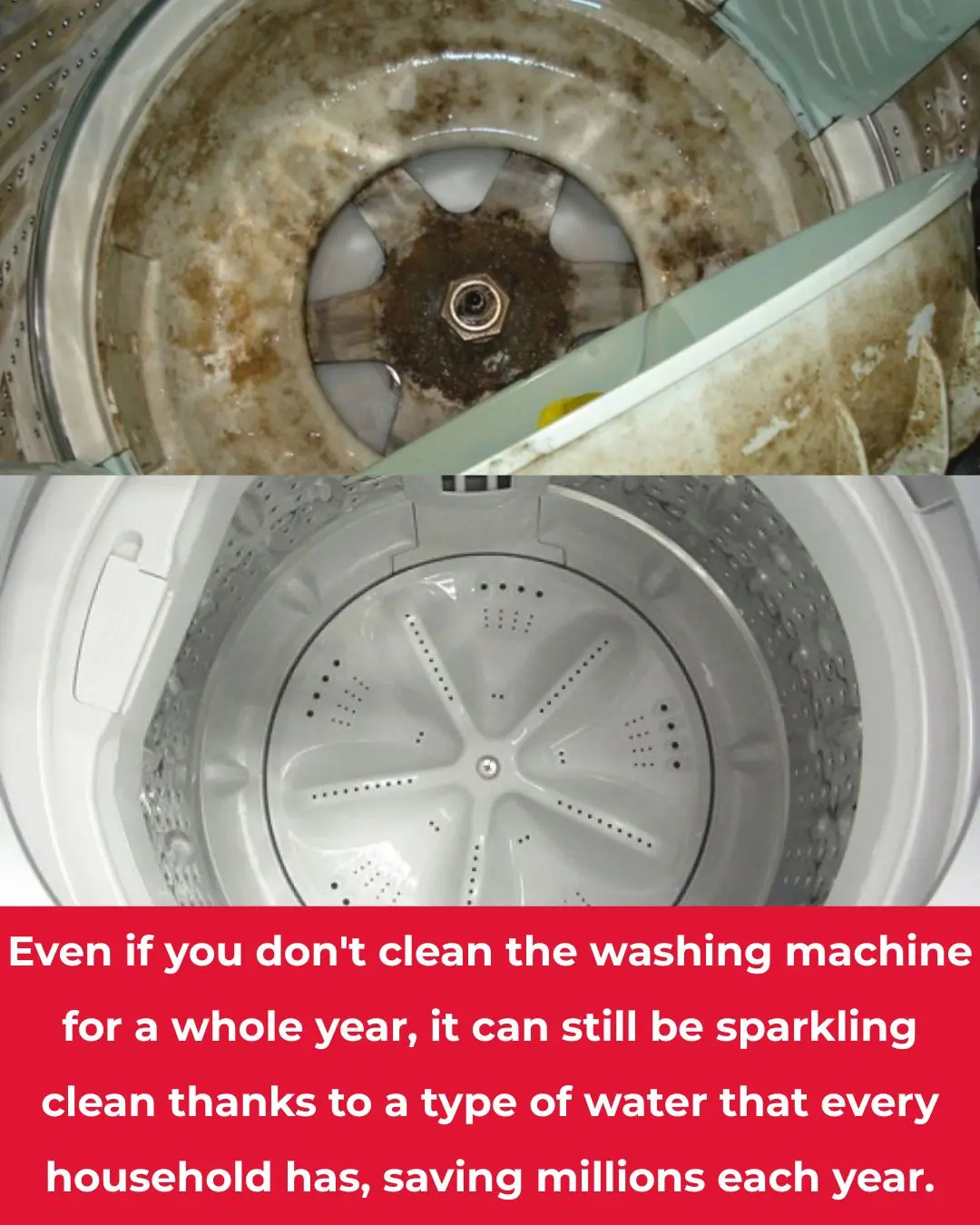
Washing machine stays clean all year without scrubbing thanks to a common household liquid, saving millions every year 👇👇

Aster flowers, the 'miracle cure' hidden in roadside wild plants
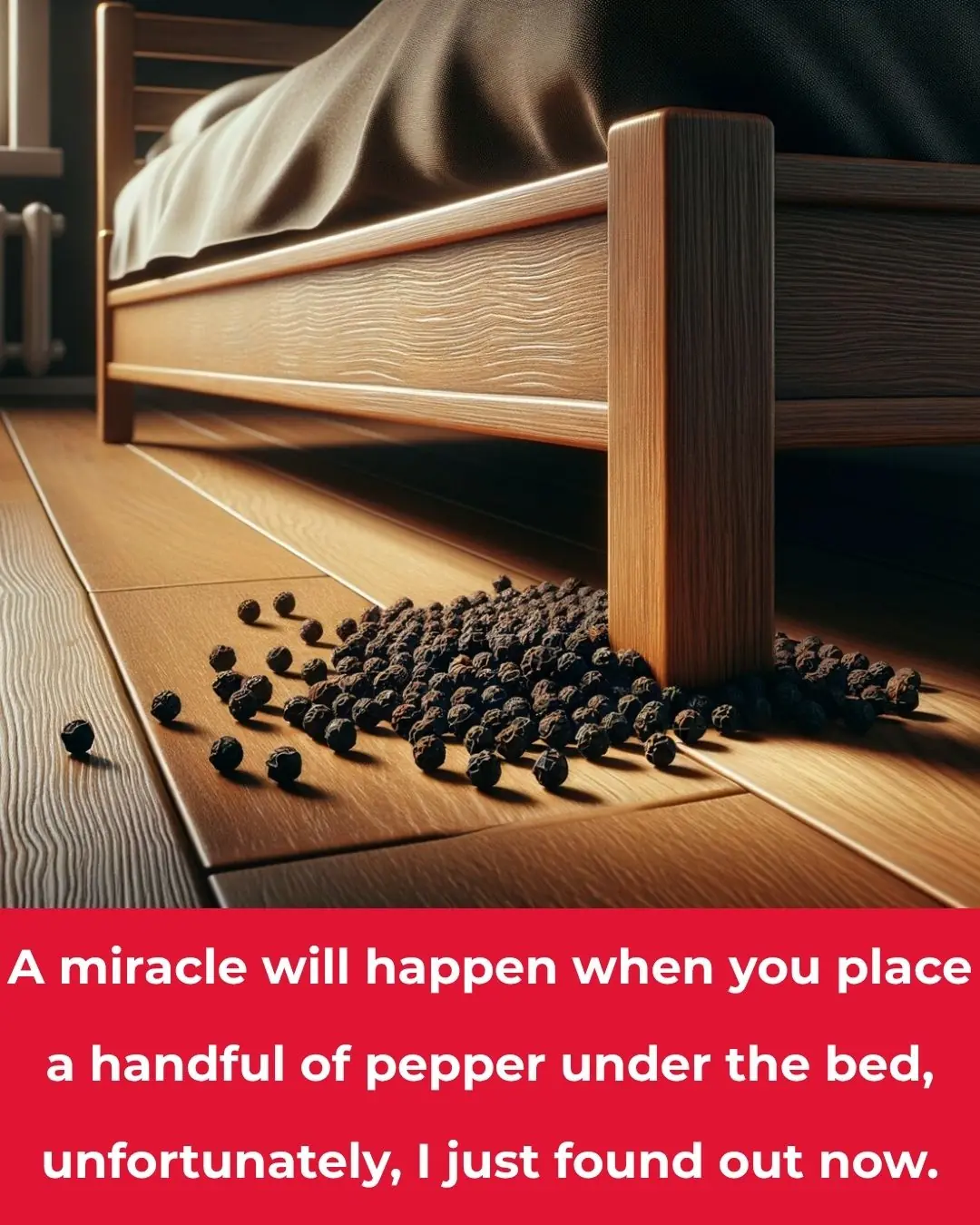
A miracle will happen when you place a handful of pepper under your bed, too bad I just found out 👇👇👇
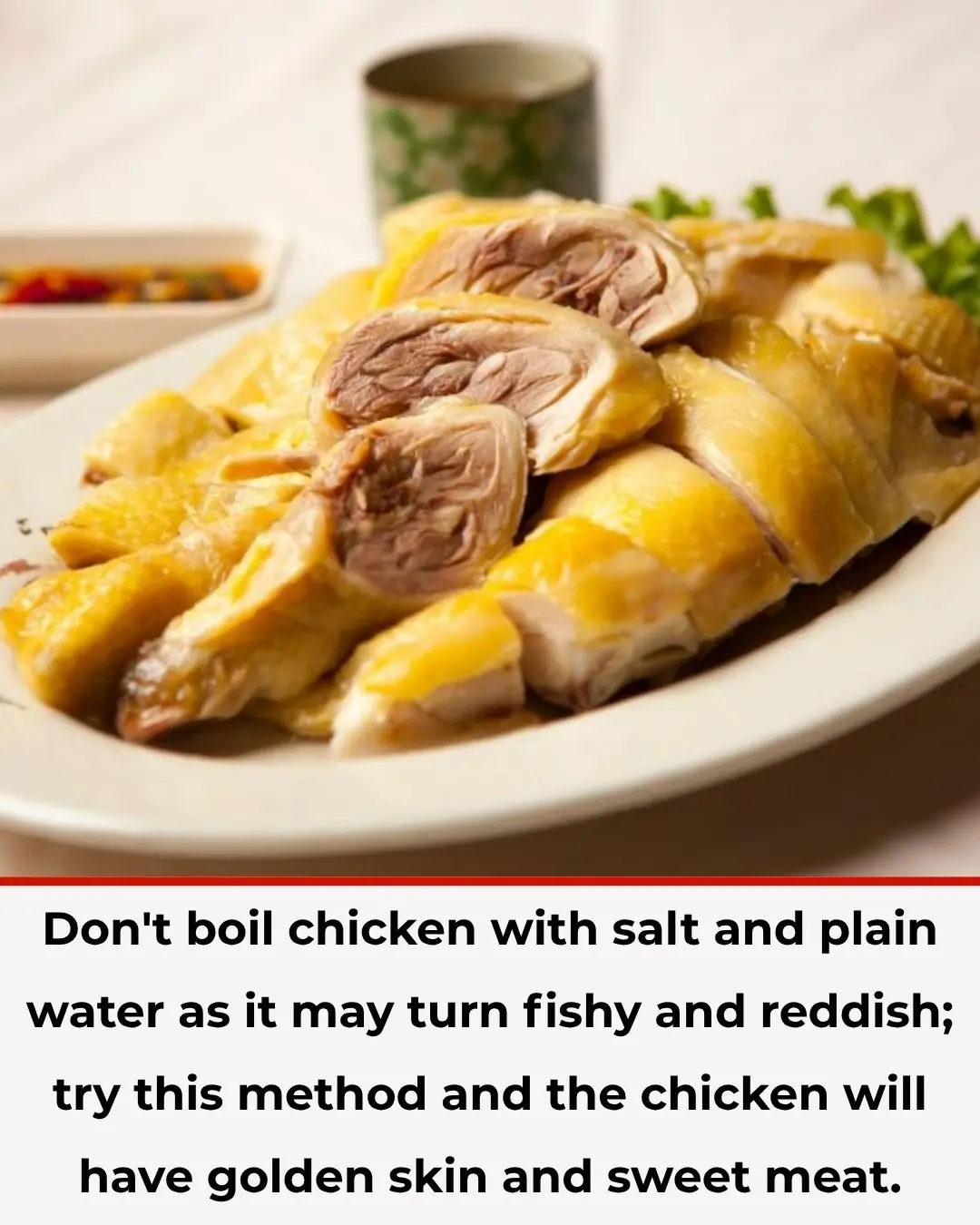
Don't boil chicken with salt and plain water, or it will turn out fishy and reddish. Try this method for golden skin and sweet meat.

Don't throw away tea that's been left overnight: It has up to 5 amazing uses that everyone will love

Should You Place a Fan Close to or Far from the Bed While Sleeping? Many Homes Are Doing It Wrong
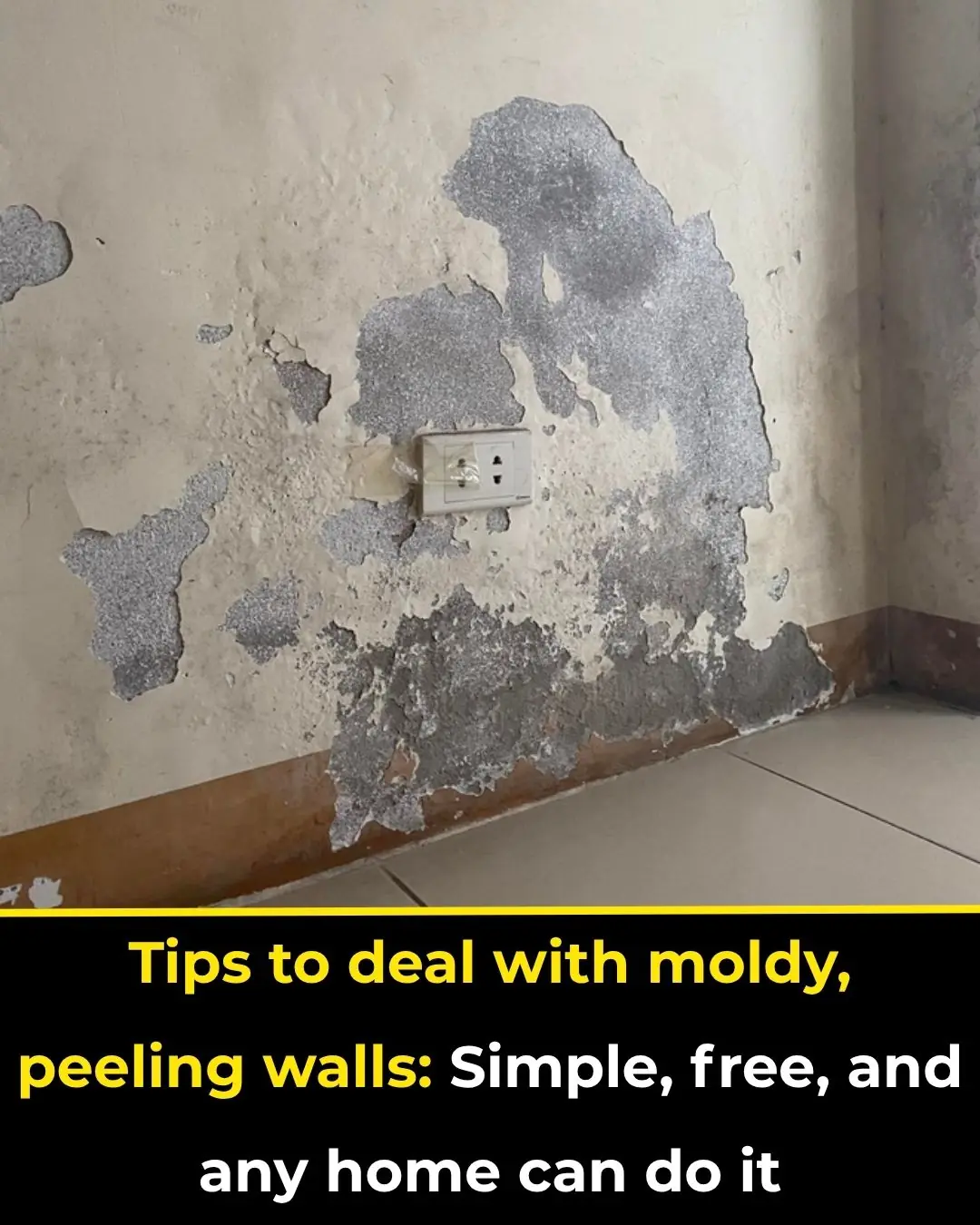
Simple, Cost-Free Ways to Fix Moldy or Peeling Walls — Easy Solutions for Every Home

Why Do Fish Sellers Often Use Black Plastic Bags? A Simple Trick Few People Notice
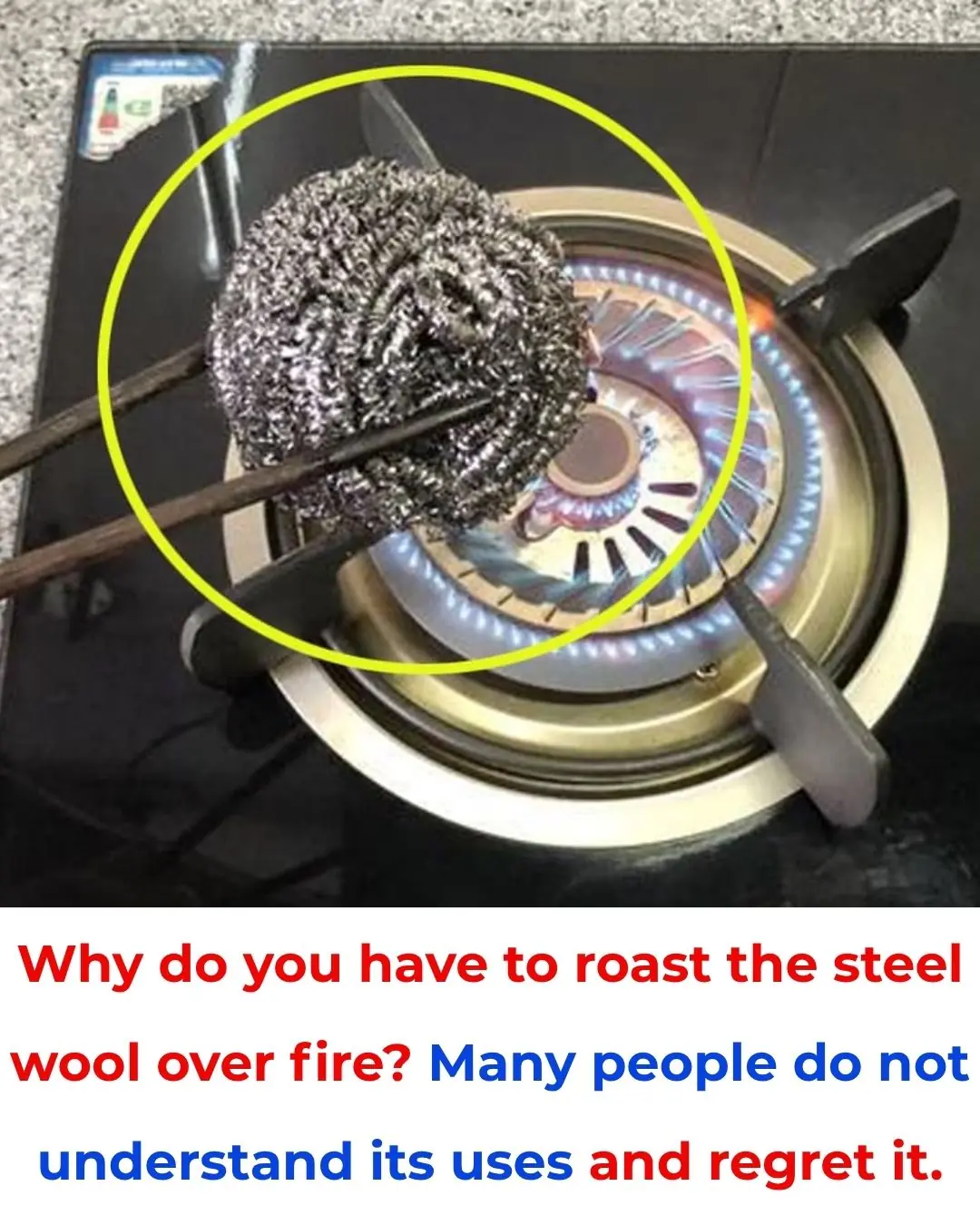
Why Do We Burn Steel Scrub Pads Over Fire? Many People Don’t Know This Useful Trick
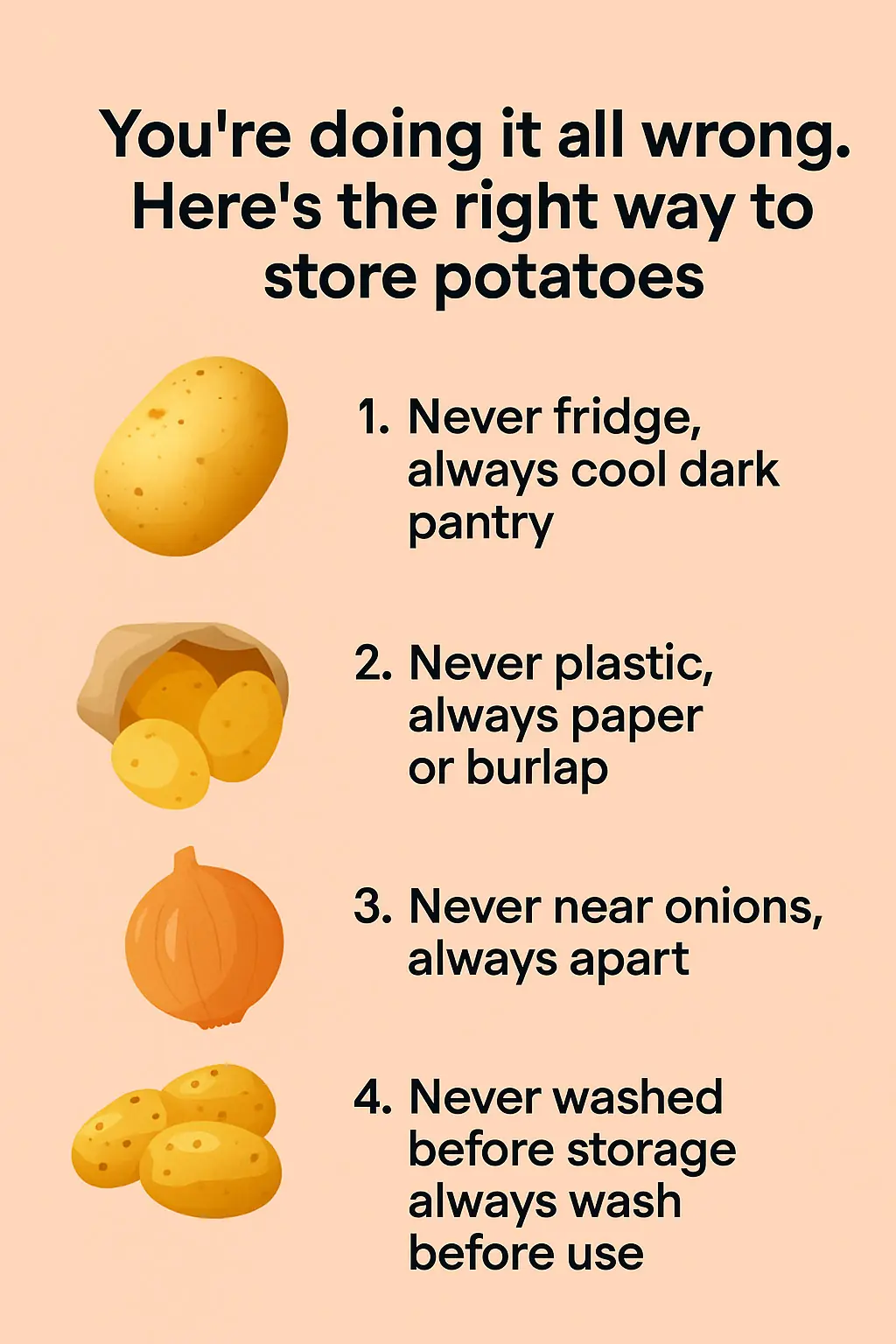
You're doing it all wrong. Here’s the right way to store potatoes
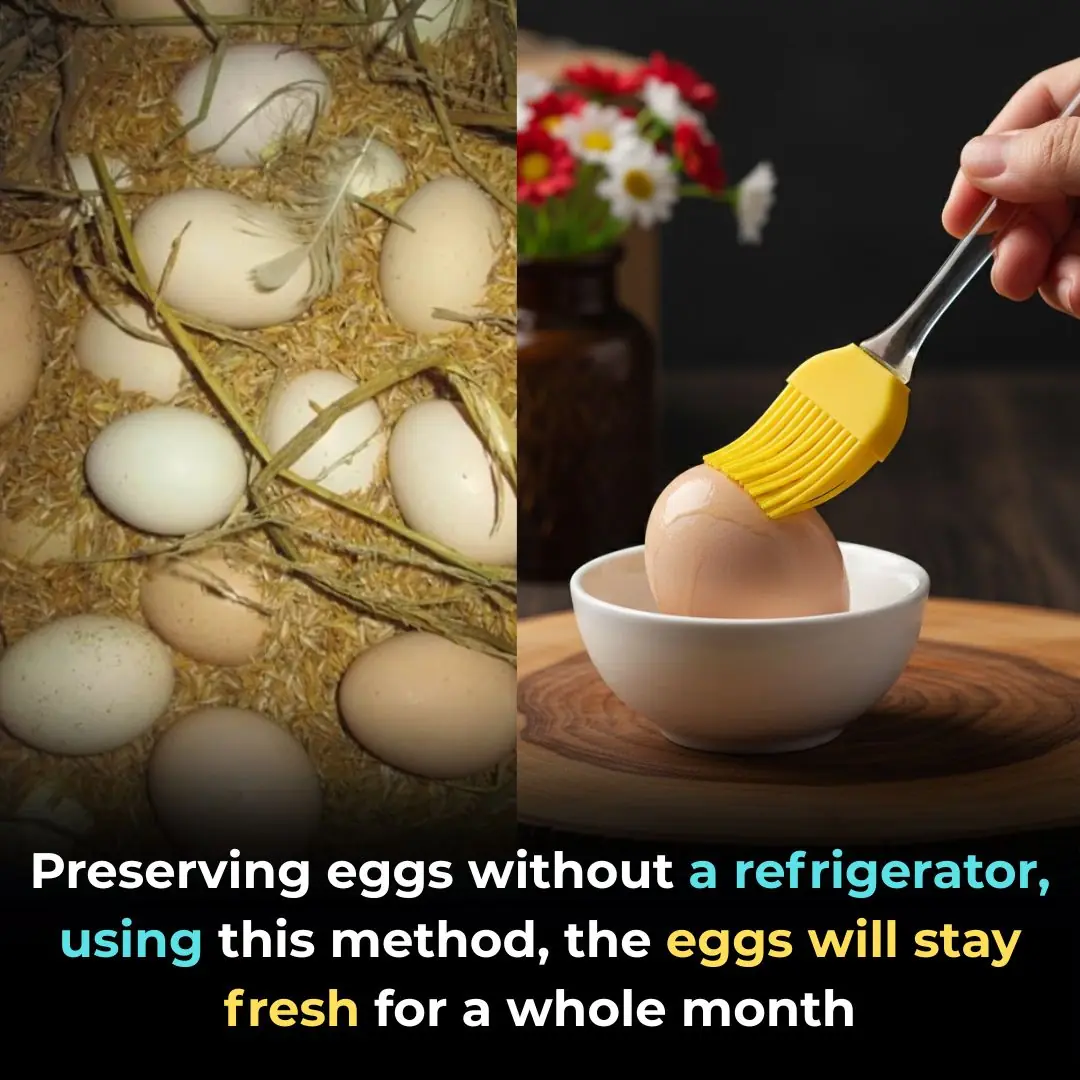
Preserving eggs without a refrigerator, using this method, the eggs will stay fresh for a whole month

Shrimp injected with impurities is easy to distinguish: Smart people will see this point
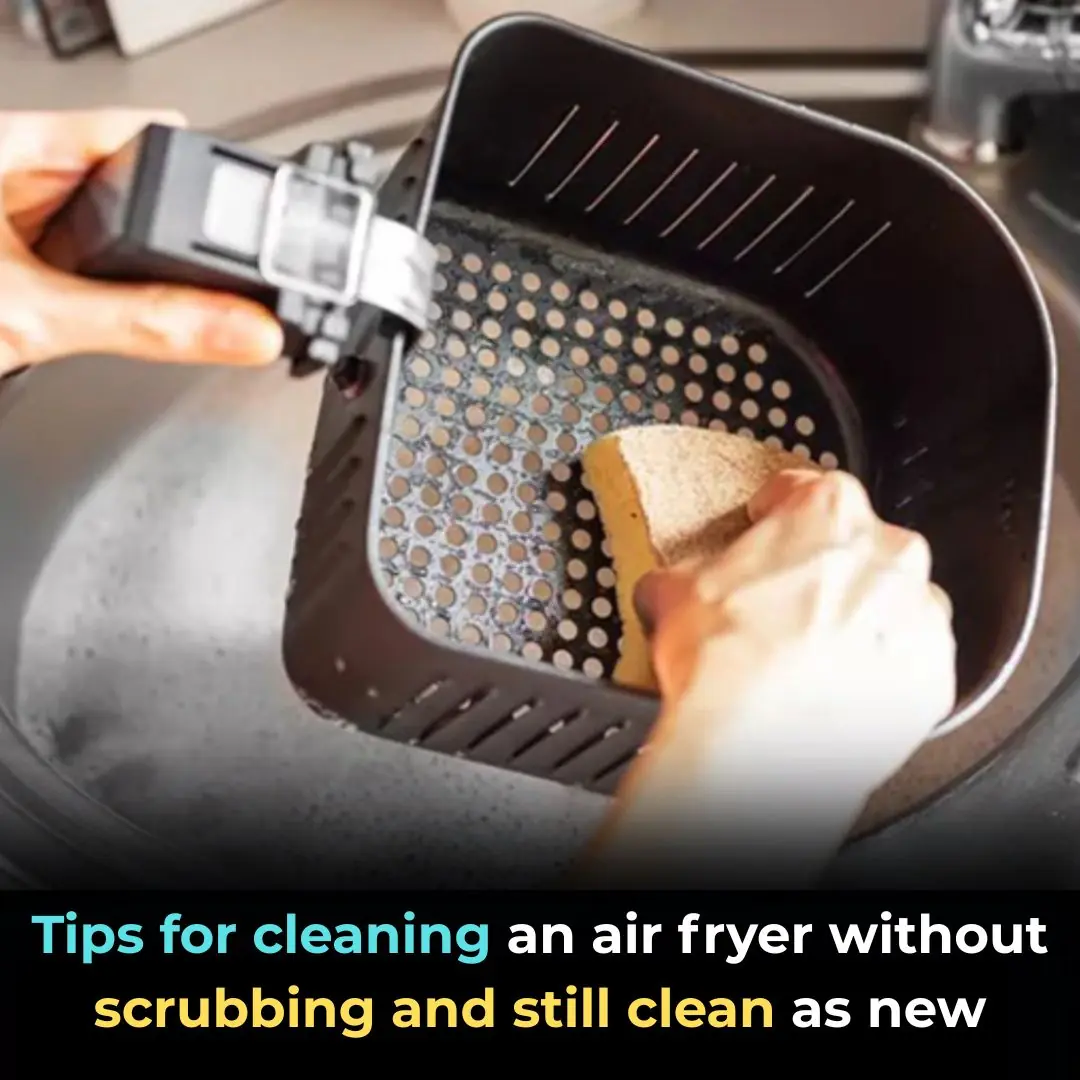
Tips for cleaning an air fryer without scrubbing and still clean as new

The water pipe is clogged, just blame this and it will be solved easily, no need to waste money calling a plumber.

How to clean the bathroom easily and effortlessly: It will stay clean and fragrant all week long
News Post

47-Year-Old Man Dies from Liver Failure: “Two Types of Pain, Two Types of Itching” Warn of Serious Liver Disease

Don’t Throw Away Your Empty Milk Powder Cans – Turn Them Into Useful Household Items

If Cancer Cells Are Developing in the Body, These 3 Nighttime Symptoms May Appear

Can you spot the hidden dog? Only people with eagle eyesight can!

Can you spot the book, egg, cup, and pillow?
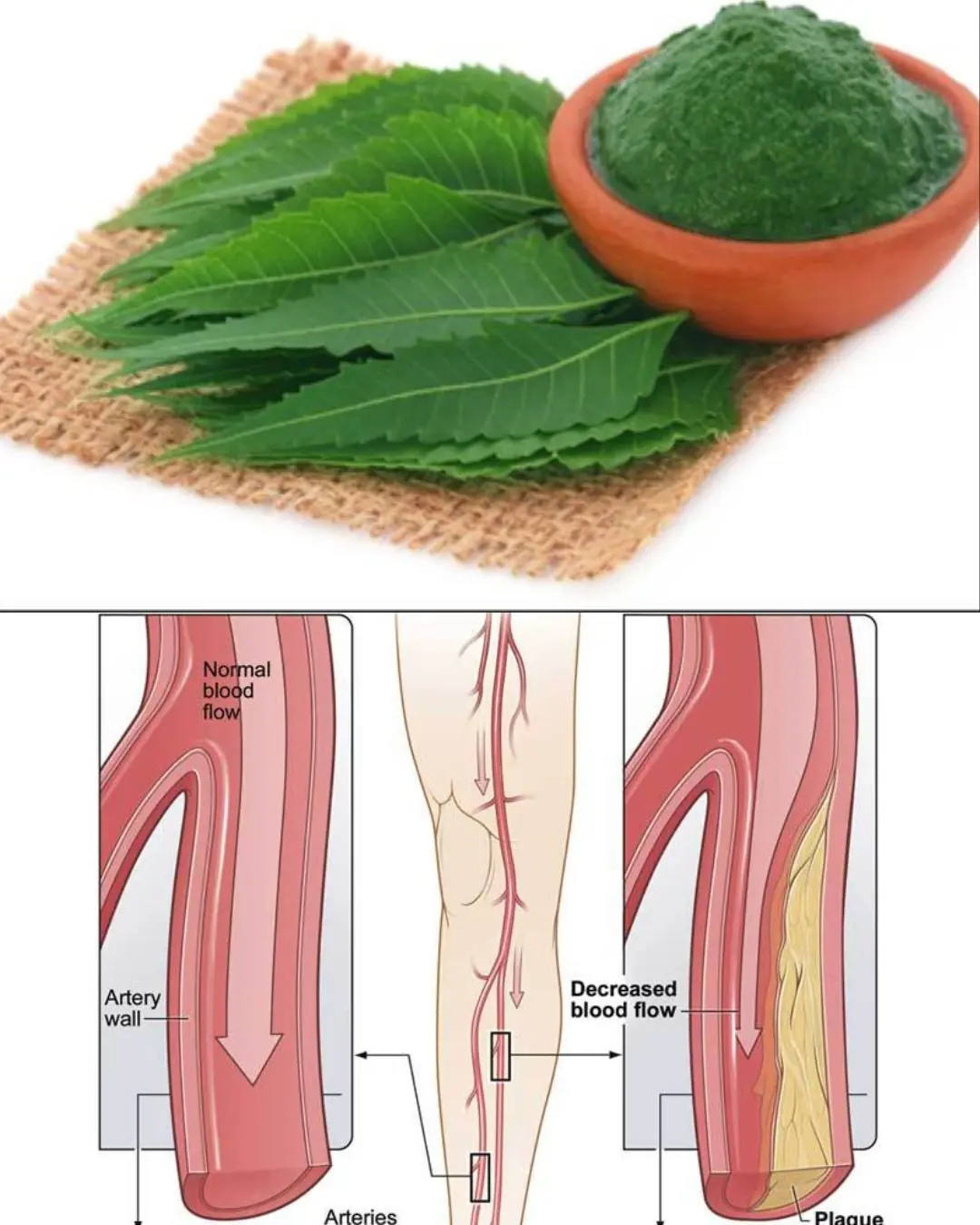
Neem: An Ancient Plant With Potential Health Benefits – What Science Says
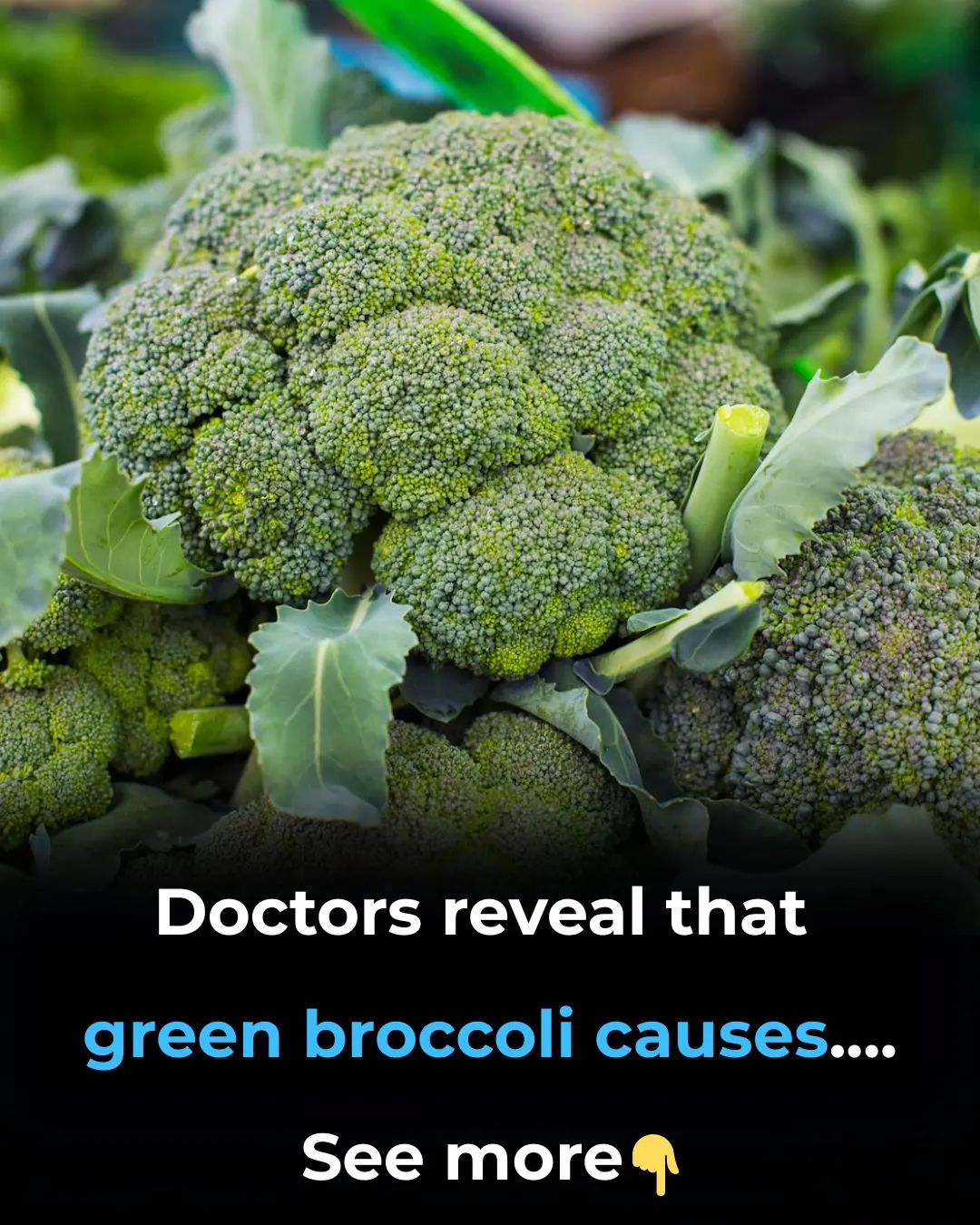
Doctors reveal that green broccoli causes...see more

Artery-Cleaning Foods: The One Meal Doctors Won’t Tell You About

The body will show 5 symptoms to remind you to eat less salt

5 foods that heal your body and STARVE cancer—eat these now!

Reverse diabetes and insulin resistance fast—4 hacks doctors don’t tell you!

This is Why You Always Wake Up in the MIDDLE of the Night (and how to make it STOP)

They were wrong about fasting — here’s what 30 hours without food really does to your body

You're doing it all wrong. Here’s the right way to store avocados

8 reasons why adding baking soda to your toilet tank is a must-do trick

You're doing it all wrong. Here’s the right way to store potatoes

Washing machine stays clean all year without scrubbing thanks to a common household liquid, saving millions every year 👇👇

Aster flowers, the 'miracle cure' hidden in roadside wild plants

A miracle will happen when you place a handful of pepper under your bed, too bad I just found out 👇👇👇
